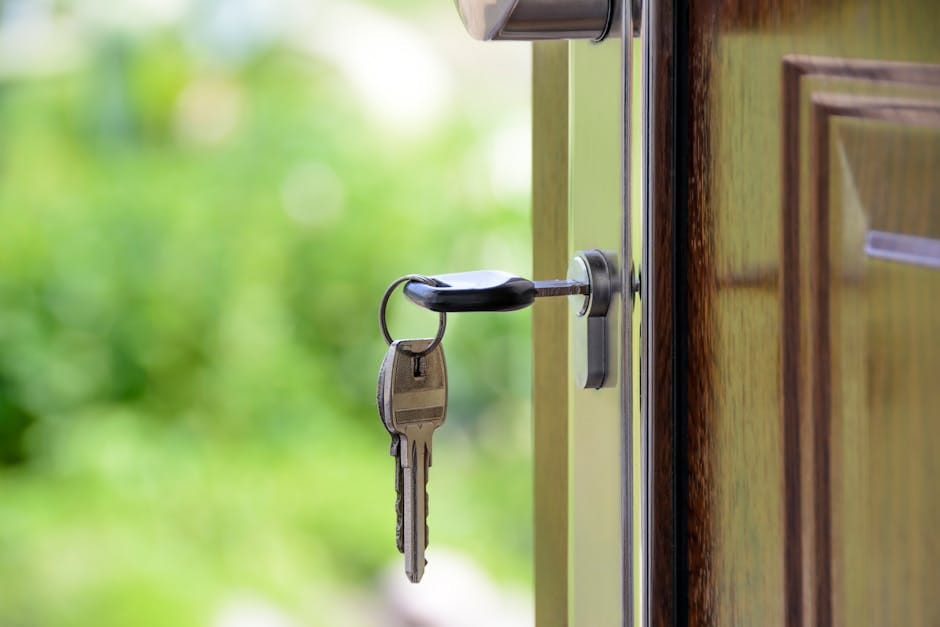Tight hips are a common complaint, and I was no exception. For years, I struggled with stiffness and discomfort, particularly after sitting for long periods. It impacted my workouts, my daily activities, and even my sleep. I tried stretching, foam rolling, and even some yoga, but nothing seemed to provide lasting relief. That's when I started researching the hip flexors and discovered just how crucial they are for overall mobility and well-being.
The hip flexors are a group of muscles that connect your upper leg to your hip and lower back. They're responsible for lifting your knee, bending at the waist, and stabilizing your core. When these muscles are tight, they can cause a cascade of problems, from lower back pain and poor posture to decreased athletic performance and even digestive issues. Modern lifestyles, with prolonged sitting and lack of movement, often contribute to tight hip flexors.
Unlocking your hip flexors involves more than just stretching. It requires a comprehensive approach that addresses the root causes of tightness. This can include targeted exercises, self-myofascial release techniques (like foam rolling), and lifestyle adjustments. It's also important to consider factors like stress and dehydration, which can further exacerbate muscle tension.
One of the most effective ways to loosen tight hip flexors is through regular stretching. There are a variety of stretches that target these muscles, from the classic kneeling hip flexor stretch to more dynamic movements like leg swings and hip circles. Consistency is key, and even a few minutes of stretching each day can make a noticeable difference.
Foam rolling is another valuable tool for releasing tension in the hip flexors. By applying pressure to the muscles, foam rolling can help break up adhesions and improve blood flow. Start slowly and gently, gradually increasing pressure as your muscles adapt.
Beyond stretching and foam rolling, incorporating specific exercises into your routine can help strengthen and lengthen the hip flexors. Lunges, squats, and glute bridges are all excellent choices, as they engage the hip flexors while also working other important muscle groups.
Making simple lifestyle adjustments can also contribute to healthier hip flexors. Try to avoid prolonged sitting whenever possible, and take frequent breaks to move and stretch. Staying hydrated is also crucial, as dehydration can make muscles more prone to tightness and cramping.
By addressing the root causes of tight hip flexors and incorporating these strategies into your routine, you can unlock greater mobility, reduce pain, and improve your overall well-being. Just like I experienced, loosening your hip flexors can be a game-changer for your physical health and daily comfort.
